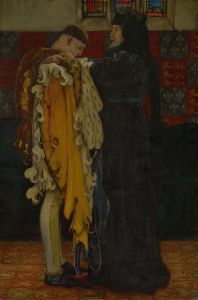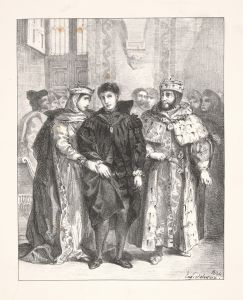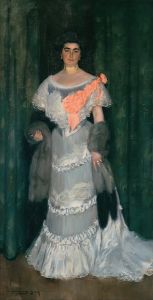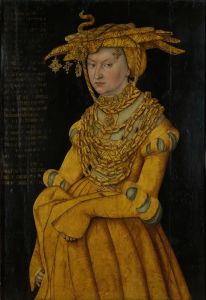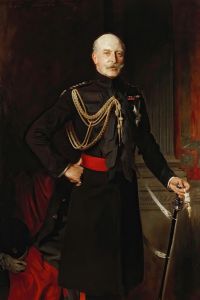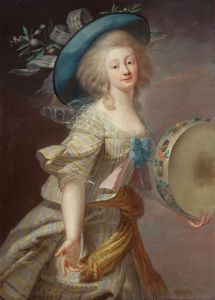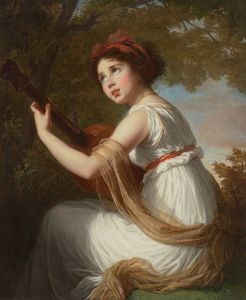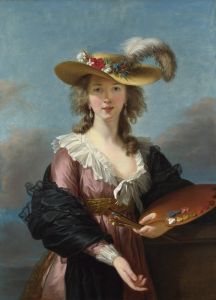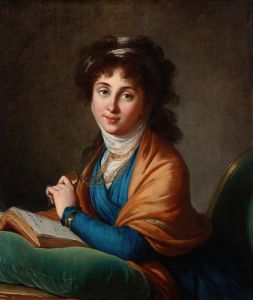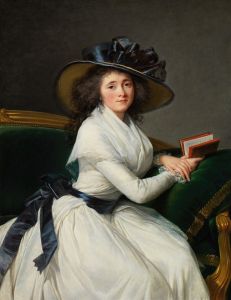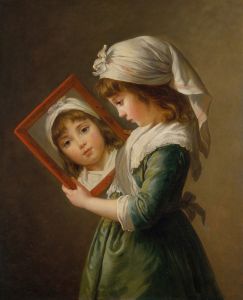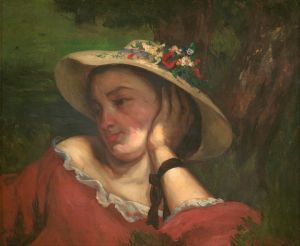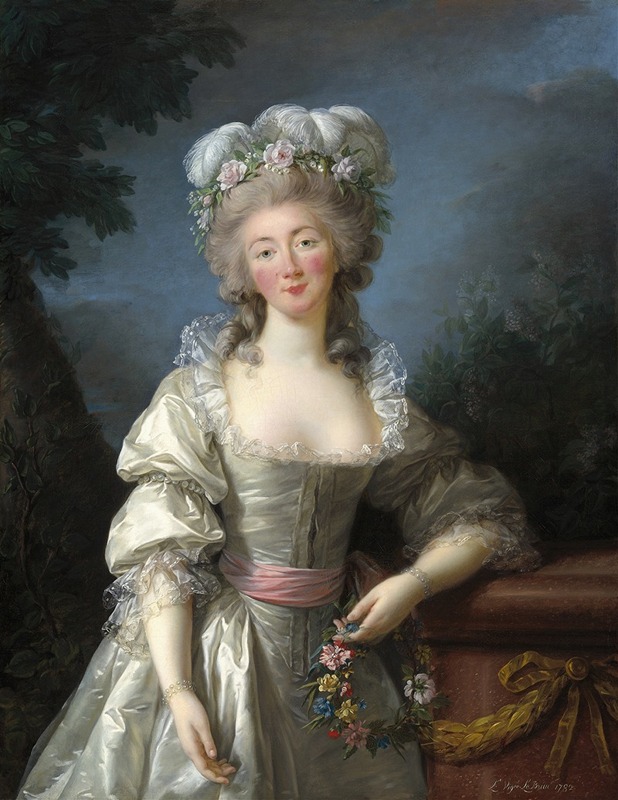
Madame du Barry
A hand-painted replica of Elisabeth Louise Vigée Le Brun’s masterpiece Madame du Barry, meticulously crafted by professional artists to capture the true essence of the original. Each piece is created with museum-quality canvas and rare mineral pigments, carefully painted by experienced artists with delicate brushstrokes and rich, layered colors to perfectly recreate the texture of the original artwork. Unlike machine-printed reproductions, this hand-painted version brings the painting to life, infused with the artist’s emotions and skill in every stroke. Whether for personal collection or home decoration, it instantly elevates the artistic atmosphere of any space.
Élisabeth Louise Vigée Le Brun was a prominent French portrait painter of the late 18th century, known for her refined and elegant style. One of her notable works is the portrait of Madame du Barry, the last maîtresse-en-titre of King Louis XV of France. This painting is an exemplary piece that showcases Vigée Le Brun's skill in capturing the grace and personality of her subjects.
Madame du Barry, born Jeanne Bécu, rose from humble beginnings to become a significant figure at the French court. Her relationship with King Louis XV elevated her status, and she became a symbol of the opulence and excess of the French monarchy in its final years before the Revolution. Despite her controversial position, Madame du Barry was known for her beauty and charm, qualities that Vigée Le Brun adeptly captured in her portrait.
The portrait of Madame du Barry by Vigée Le Brun is characterized by its delicate brushwork and the use of soft, harmonious colors. Vigée Le Brun was renowned for her ability to render the textures of fabrics and the subtleties of skin tones, and this painting is no exception. Madame du Barry is depicted with a serene expression, her gaze directed slightly away from the viewer, which adds a sense of introspection and dignity to the composition.
Vigée Le Brun's approach to portraiture was innovative for her time. She often portrayed her subjects in natural settings or with relaxed poses, moving away from the more rigid and formal styles that were prevalent in earlier portraiture. This technique is evident in the portrait of Madame du Barry, where the sitter is presented in a manner that emphasizes her individuality and grace.
The painting also reflects the fashion and aesthetics of the period, with Madame du Barry dressed in an elegant gown that highlights her status and taste. The attention to detail in the rendering of the lace and the subtle play of light on the fabric are testaments to Vigée Le Brun's technical prowess and her keen eye for detail.
Élisabeth Louise Vigée Le Brun's portraits were highly sought after by the aristocracy and royalty of her time, and her work remains celebrated for its artistic merit and historical significance. The portrait of Madame du Barry is a valuable piece of cultural heritage, offering insights into the personalities and styles of the late 18th-century French court.
This painting, like many of Vigée Le Brun's works, is not only a representation of an individual but also a reflection of the broader social and cultural context of the era. It captures the elegance and sophistication of a world that was on the brink of dramatic change, as the French Revolution would soon alter the landscape of French society forever.
In summary, the portrait of Madame du Barry by Élisabeth Louise Vigée Le Brun is a masterful work that exemplifies the artist's skill and the aesthetic values of her time. It remains an important piece in the study of art history and the understanding of the complex figures who shaped the history of France.





